 Report Menu
Report Menu
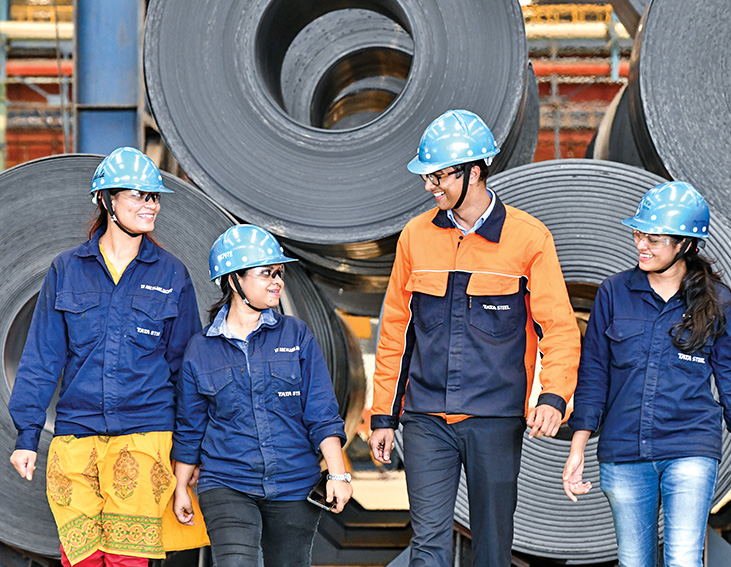
Human capital
Preparing people for tomorrow
We have a strong commitment towards our people, which is demonstrated through our industry-leading employee welfare practices and a culture of working together. Industrial harmony of over 90 years and a century-old trade union is a testament to our culture of working together.
A pioneer in progressive people practices, our aspiration is to be the employer of choice in the steel industry, taking care of the needs of a diverse workforce of officers, unionised employees, and contract workers. Further, we will be building the capability to support our new businesses. Our Occupational Health and Safety (OHS) practices are aimed at developing a culture of safety and care.
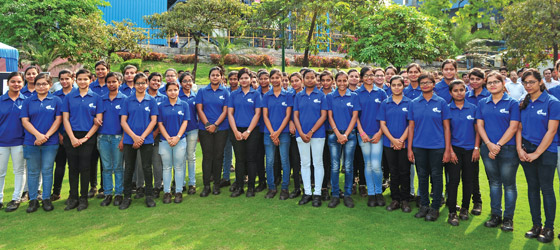

*Employees on roll means full-time employees on payroll of Tata Steel.
STRATEGIC FOCUS
- SE
Investing in people and striving to be employer of choice is an area of focus for Tata Steel. Creating a safe and healthy workplace is a key priority. Care for the communities and people we touch in our operating areas is embedded in our way of working through our CSR practices.
WAY FORWARD
Continuing to focus on:
Employee engagement | Diversity and inclusion | Leadership development | Employee experience | Zero harm to contract partners | Upskilling of women across locations | Enabling the inclusion of PWDs
GOALS
Improve employee productivity
Be one of the best places for people to work
Zero fatality
25% diversity in workforce by 2025
2% improvement in health index year-on-year
IMPACT ON SDGs

We focus on three thrust areas across the value chain to build and nurture our human capital:

Occupational Health and Safety (OHS)
Being in an inherently hazardous industry, ensuring the highest degree of physical, mental, and social well-being of the people in and around our plants always remains a top priority for us. We work to ensure our operations are fatality free and become a benchmark in the steel industry. Currently, we are working on six safety and health strategies, which drive our corporate objective of ‘Committed to Zero’.
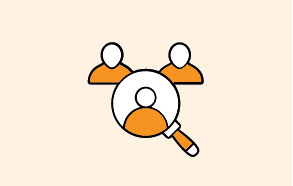
Human Resource Management
With 32,984 employees, Tata Steel continously strives to be an employer of choice. Diversity within our workforce is of paramount importance as it enhances our overall capabilities and promotes a culture of innovative thinking. To attract and retain diverse talent is a challenge considering the nature and breadth of our operations.

Human Rights
Tata Steel employs and impacts a huge workforce throughout its value chain. Any risk of human rights violation could have significant reputational repercussions. Therefore, we are actively engaged in upholding human rights in areas where we operate.
Occupational Health and Safety (OHS)
Occupational Health and Safety (OHS) is a key material issue for Tata Steel and is a priority focus at all levels of leadership. We have instituted policies that drive a culture of safety consciousness and prevention across our entire operations. Our commitment is reflected in the successful ramp-up of the Kalinganagar facility while maintaining the best practices in health and safety.
SAFETY GOVERNANCE AT TATA STEEL
We have a strong governance structure driven by the Safety, Health and Environment Committee of the Board (chaired by an Independent Director) and the Apex Safety Council (chaired by the Chief Executive Officer and Managing Director). Their directives are cascaded through sub-committees chaired by relevant Vice Presidents through monthly reviews, which are then executed across the organisation.
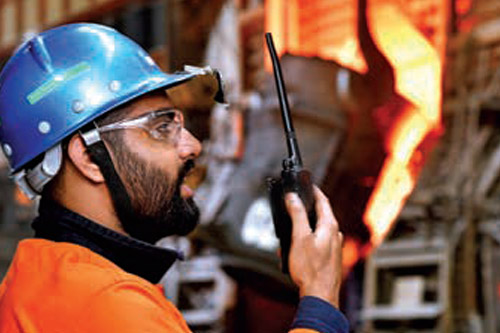
Committed to Zero Harm’
Employee at Steel Melting Shop, Jamshedpur Steel Plant
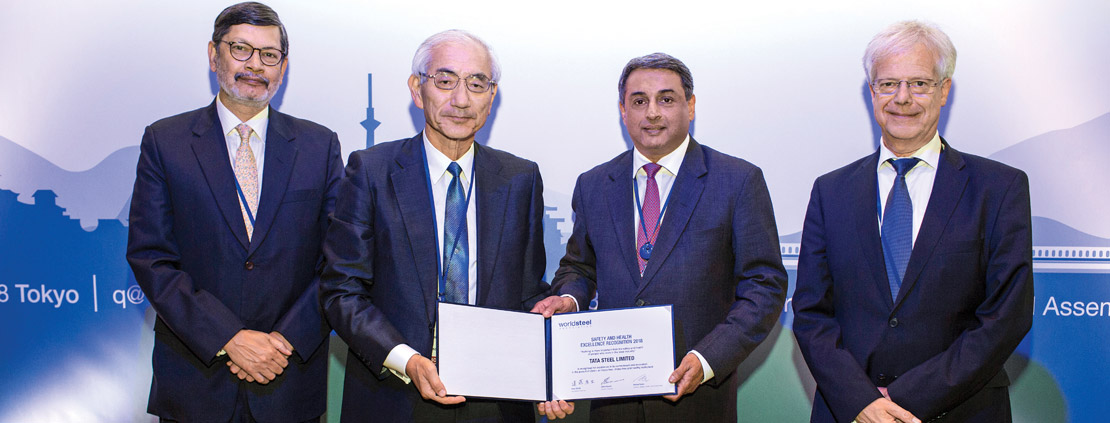
Safety and Health Excellence Recognition 2018 by World Steel Association
Key initiatives for OHS in Financial Year 2018-19
Impacts
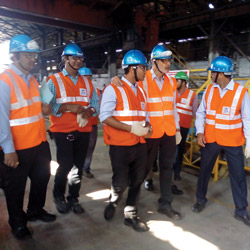
Building leadership capability for safety at all levels to achieve zero harm
Tata Steel is committed to building leadership capabilities in safety across all levels. Health and safety is integrated into our annual business plan. Executives have safety targets that are embedded in their annual performance metrics and are linked to remuneration. An integrated health, safety & environment risk management system was rolled out across the organisation to identify hazards, and assess and mitigate risks. A new Health and Safety Reward and Recognition policy has been formulated to promote positive safety behaviour.
~26%
reduction in high potential incidents
~12%
increase in ‘Near Miss’1 captured over the last financial year
Key initiatives for OHS in Financial Year 2018-19
Impacts
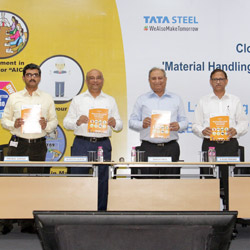
Building competency and capability for hazards and risk management
Frontline leaders have been trained on the recalibrated risk management process. E-Work permit systems have been successfully piloted and rolled out. 57 Safety standard audits by Cross Functional Teams (CFTs) were carried out across locations to identify and address the safety standard deployment gap.
1,201
officers trained on recalibrated risk matrix
2,928
opportunities for improvement identified by these CFT audits
Key initiatives for OHS in Financial Year 2018-19
Impacts
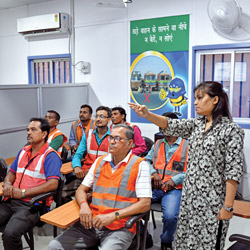
Contractor safety risk management
Our operation and maintenance activities engage a sizeable contract workforce. We have established the process of Contractor Competency Assessment (star-rating system on a scale of 0-5) for our service providers. Tata Steel deploys only 3-star and above rated vendors on high-risk jobs. Workshops and incentive schemes are used to motivate 3-star rated vendors to upgrade to 4 and 5 stars. Skill certification training and mentorship programmes by Felt Leadership trained supervisors were introduced for the contract workforce.
1,035
vendors assessed, of which 173 were rated as 4-star and 5-star
12,366
contract workforce (10,594 workers and 1,772 supervisors) trained and certified
Key initiatives for OHS in Financial Year 2018-19
Impacts
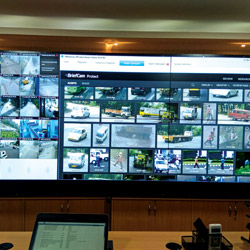
Elimination of safety incidents on road and rail
Tata Steel value chain depends on safe and efficient transport through both road and rail logistics. We are enforcing road safety related behavioural changes across our organisation. To make it safer, various infrastructure improvement initiatives such as traffic segregation and streamlining, drop gates, transport park, smart buses, radar-based speed monitoring, and introduction of digitalisation at gates for materials have been introduced.
Sustained
Zero
fatalities inside plant premises for the last four years across Tata Steel
56%
reduction in road LTI over Financial Year 2017-18
Key initiatives for OHS in Financial Year 2018-19
Impacts
Excellence in Process Safety Management (PSM)
Center of Excellence (CoE) on Process Safety Management (PSM) was established in Financial Year 2014-15 to ensure effective control of risks at high hazard operations. In the last year, it was extended to eight new departments. 19 exemplars were developed to support PSM CoE implementation across the organisation. A procedure for process hazard analysis has been developed and piloted on new projects. A structured asset management standard framework has also been developed.
Establishing industrial hygiene and improving occupational health
Tata Steel’s integrated approach in industrial hygiene and occupational health is underpinned by the three pillars of prevention, promotion and reintegration. We follow the World Health Organisation’s model of ‘healthy workplace’ for creating a workplace that does not harm the mental and physical well-being of people. The ‘Wellness at Workplace’ programme was initiated to create awareness among people to adopt a healthy lifestyle and control lifestyle-related diseases. The effectiveness of the initiative is monitored through the Health Index1. Tata Steel has collaborated with external partners to understand and improve workplace ergonomics through risk assessments and implementation of ergonomics control measures.
Recognised by World Steel Association in 2018 for process safety journey through CoE
1.2%
improvement in Health Index
56%
high-risk cases related to lifestyle diseases transformed to moderate or low risk
10
hazard control projects
12
ergo control projects implemented
1 Occupational Safety and Health Act (OSHA) defines a near miss as an incident in which no property was damaged and no personal injury was sustained, but where, given a slight shift in time or position, damage or injury easily could have occurred
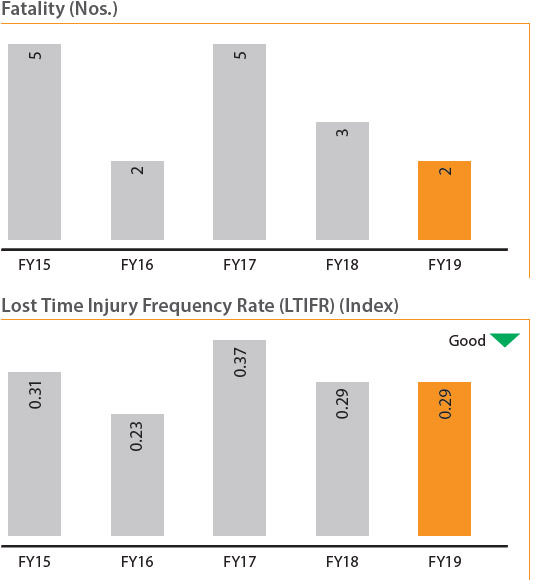
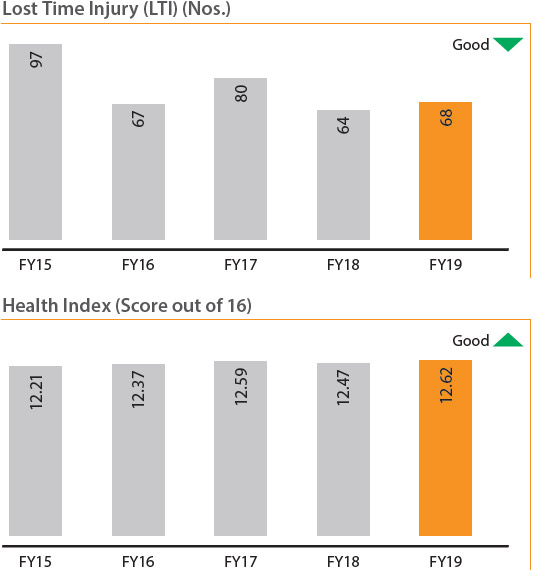
1 Health Index consists of four parameters – blood pressure, blood sugar, serum cholesterol and Body Mass Index. Employees’ health is evaluated on these four parameters and a score is generated on a scale of 16. A score of 0 in any of the Health Index parameters is deemed as high risk.
Human resource management
EMPLOYEE PRODUCTIVITY
In Financial Year 2018-19, we implemented an Employee Productivity Framework across our facilities and continued to identify redundancy through programmes such as right skilling, Sunhere Bhavishya Ki Yojna (SBKY) and Job-for-Job scheme. We made significant progress in simplifying the organisation structure, systems and communications. Numerous programmes were held to sensitise employees on productivity improvement. In Financial Year 2018-19, employee productivity at TSJ was 748 tcs/employee/year and at TSK was 1,054 tcs/employee/year.
800tcs/employee/year
employee productivity in FY 2018-19
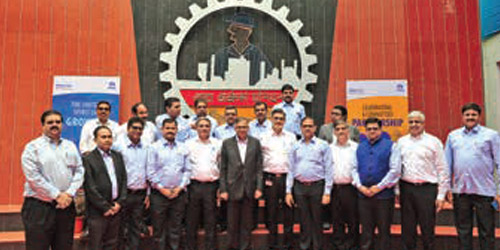
Centenary Year Celebrations of the Tata Workers’ Union
DIVERSITY AND INCLUSION
Tata Steel envisions to become a ‘truly world-class organisation that respects the uniqueness of individuals to create a diverse and inclusive atmosphere, to have a competitive edge in business by having access to a larger talent pool’. Diversity and Inclusion is a way of life to ensure fair and equal opportunity for all employees.
MOSAIC – a diversity and inclusion initiative– covers four aspects, gender, Person with Disabilities (PwDs), LGBTQ+, and different sections of society (e.g., Affirmative Action Community). 32% of management trainees hired from top business schools are female, a result of our diversity-focused recruitment processes.
~17%
employees from the Affirmative Action Community
Fostering a diverse workforce through MOSAIC
Recruitment
‘Women of Mettle’ to induct women engineers into the manufacturing sector
Sensitisation
Zubaani, Panel Discussions and Debates, MOSAIC Speak, Joint Development Council Meetings, Power of Inclusive Management, C-suite level sensitisation
Retention and development
Tata mentors, Reach Out, Tata Steel Engage, Tata Steel Ignite, Step-up to Success, Launch of Wings, SABAL for PwDs
Infrastructure
Creches, restrooms, accessible washrooms and other infrastructure for the workforce with special needs
Celebration
Events such as International Women’s Day, and International Day of Persons with Disabilities
Policies to drive diversity and flexibility
Paternity leave for the blue-collared workforce
A progressive step introduced to help develop bonding between fathers and their new borns
Take Two Policy
A career option for women to return. We offer project-based and full-time roles to women through this opportunity to engage with Tata Steel
Satellite office operation
Helps employees who have a location constraint by giving the option to operate from a location of choice, where Tata Steel has presence
5-day work week
Has been implemented with the view of improving work-life balance
Adoption leave
This policy also includes single males and transgender employees
Menstrual leave ‘Raahat’
No approval from superior is required to take this leave
WORKFORCE CAPABILITY DEVELOPMENT
Tata Steel has a Workforce Capability and Capacity Framework to assess capability needs across the workforce for skill and competence building, customer focus, organisational performance, innovation, health and safety, and environment and business ethics. We are continuously upgrading our training infrastructure, methodologies and programmes. Customised awareness programmes and focussed campaigns for relevant aspects of sustainability were conducted for Tata Steel employees and are also made available to external stakeholders such as suppliers and the community.
`132.87crore
Investments in employee training and development in FY 2018-19
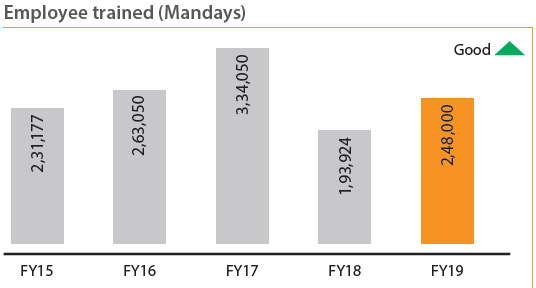
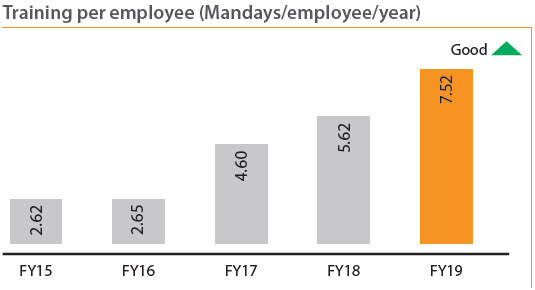
Human Rights
Tata Steel is committed to upholding human rights across its value chain. Our commitment is reflected in the following policy documents (for more information, visit https://protect-eu.mimecast.com/s/hr5JC8MQMhYy631f2vFax?domain=tatasteel.com).
The implementation of the Human Rights Policy at workplace is done through the adoption of the principles of SA8000 and the United Nations Global Compact based on the Universal Declaration of Human Rights (UDHR) and ILO conventions.
Human Rights Policies
Tata Code of Conduct
Social Accountability Policy (Human Rights at the Workplace)
Prevention of Sexual Harassment (POSH) and Anti Sexual Harassment Initiative (ASHI)
Safety Principles and Occupational Health
Affirmative Action
Corporate Social Responsibility and Accountability
We actively seek to strengthen our mechanism to prevent and mitigate adverse human rights issues through SA8000 audits of our workplace. Appropriate corrective and remedial measures (checks and balances) have been identified to address any non‑compliances. Tata Steel underwent SA8000 surveillance audit in Financial Year 2017-18, and improved its Social Finger Print Score from 3.9 to 4.3 on a scale from 1 to 5.
APPROACH TO PROTECTING HUMAN RIGHTS
For full-time employees
Tata Steel is an equal opportunity employer and does not discriminate on the basis of gender, caste, religion or disability. During recruitments, we exercise positive discrimination in favour of socially disadvantaged communities, provided the prospective candidates fulfil our merit-based criteria. Our systems and processes in this regard are monitored for compliance and are subject to continuous improvement through the SA 8000 standards and third-party verification. A special forum on diversity called MOSAIC has been created across all locations of Tata Steel in India to sensitise the workforce as well as undertake initiatives on promoting diversity.
For contract workforce
A dedicated contractor’s cell was established to ensure that no human rights violations take place at the workplace. The cell also looks at corrective and preventive measures to deal with cases of violations of our TCoC and Social Accountability Policy. The contractor safety management process ensures that a safe and healthy workplace is provided to the entire contract workforce. Periodic assessments and ratings are carried out to upgrade the contractor’s safety standards.
For supply chain partners
All our business associates are mandated to conform to and sign the Business Associates Code of Conduct. The Code lays down human rights and safety specific requirements that need to be maintained. Every year, the procurement team undertakes sample assessments for human rights (for potential high-risk suppliers) to ensure compliance.
For indigenous communities
Tata Steel’s operations require significant resettlement and rehabilitation of indigenous communities residing in proximity of its operating sites. Our Affirmative Action Policy and Corporate Social Responsibility and Accountability Policy lay down the rules of engagement with the affected parties. The CSR team ensures that Tata Steel upholds the highest standards of human rights as part of rehabilitation and resettlement, both before and after project completion.

Promoting Gender Diversity
Employees Celebrating International Women’s Day 2019
